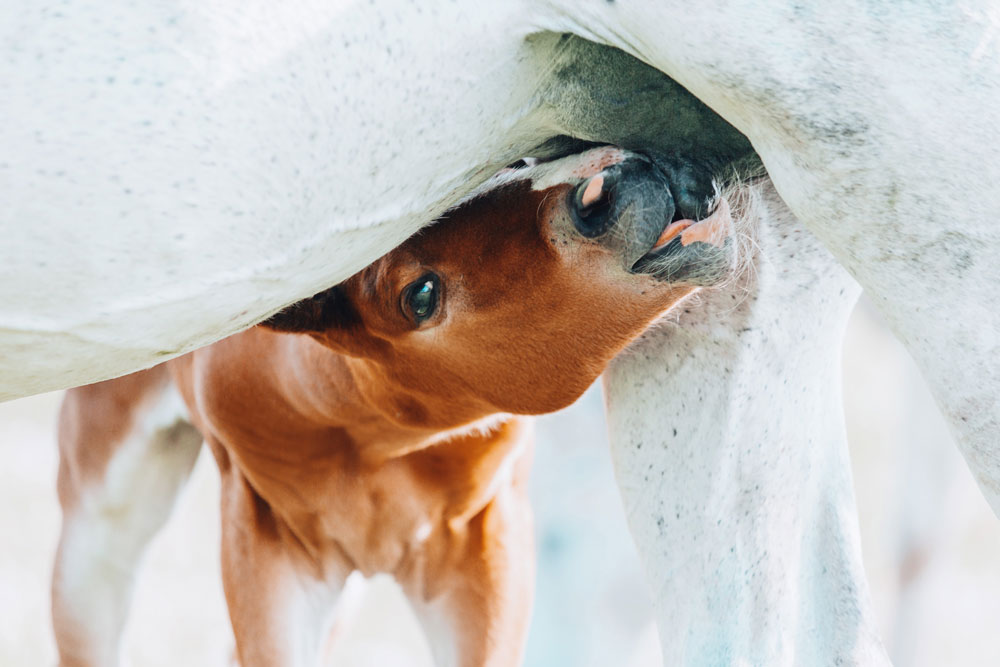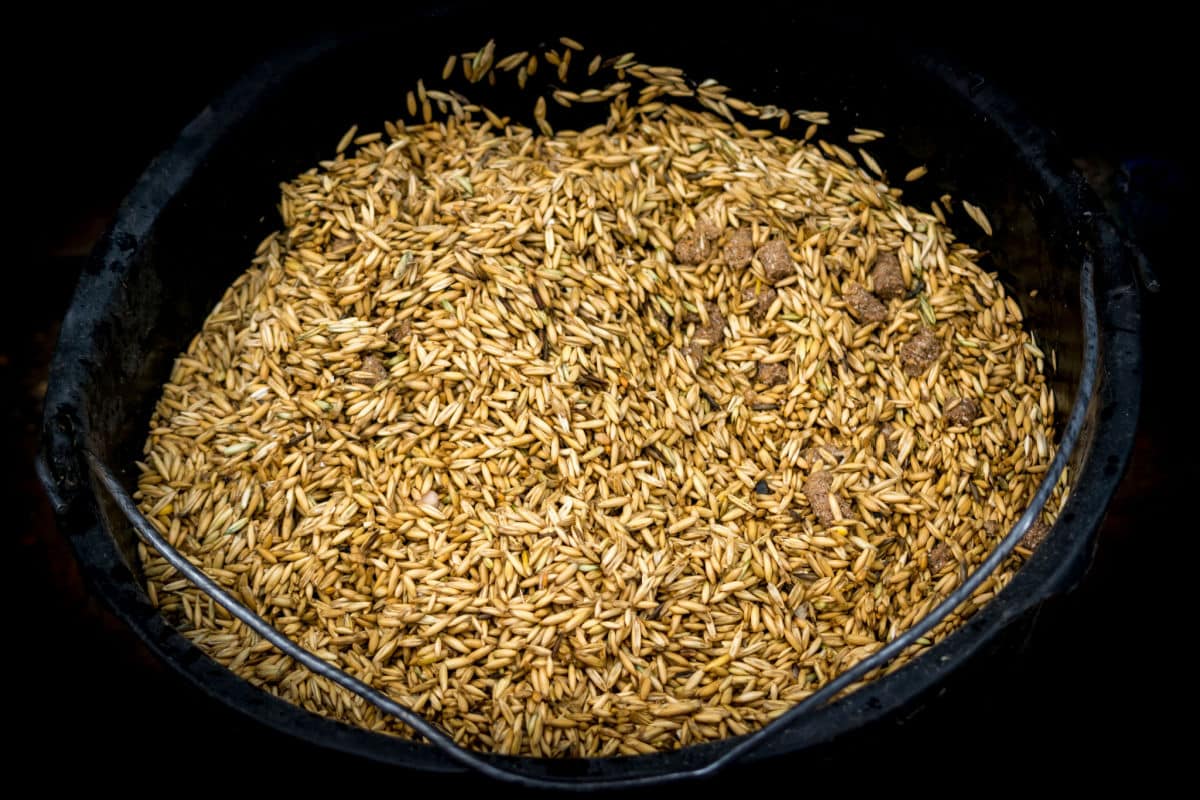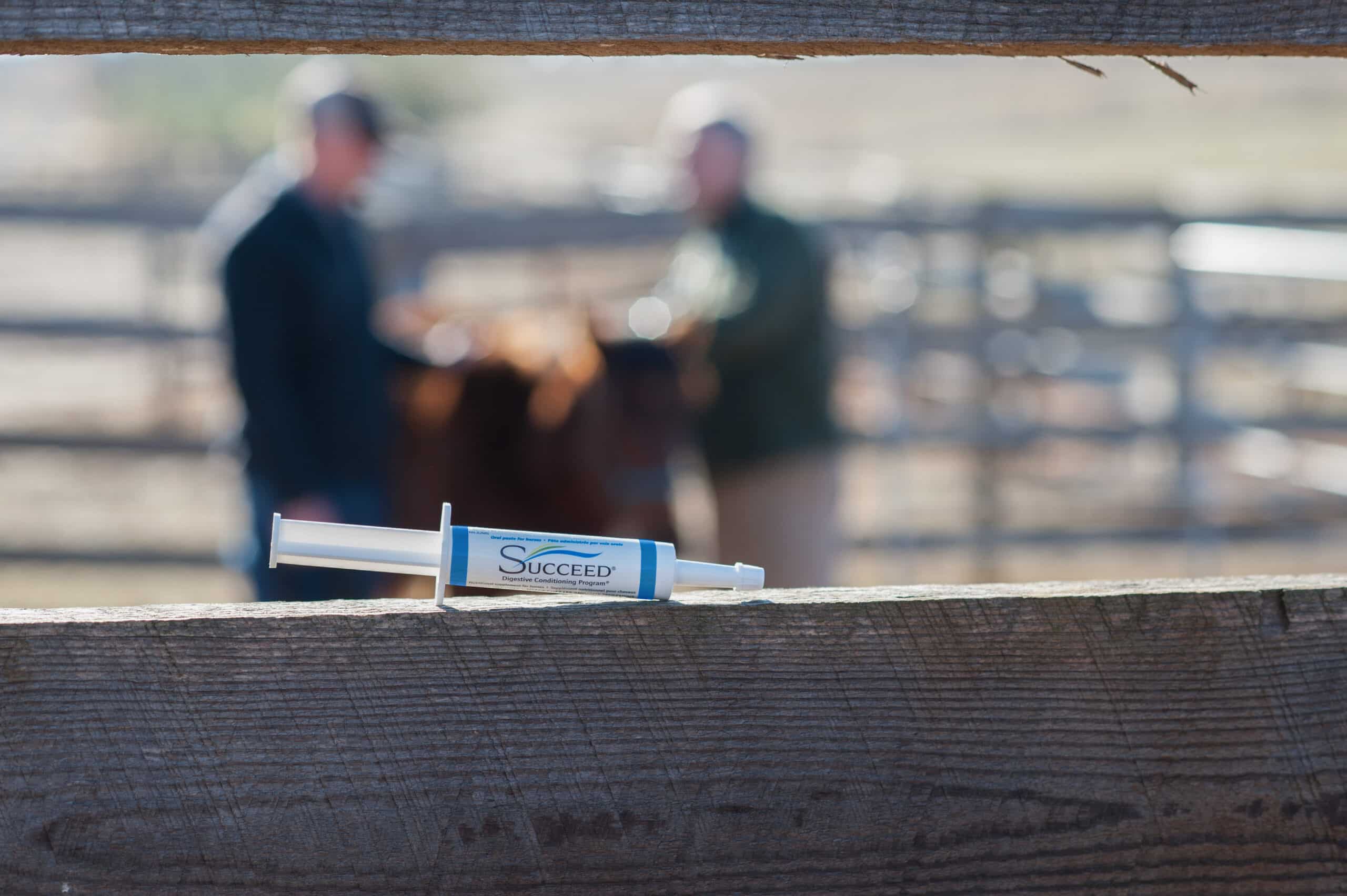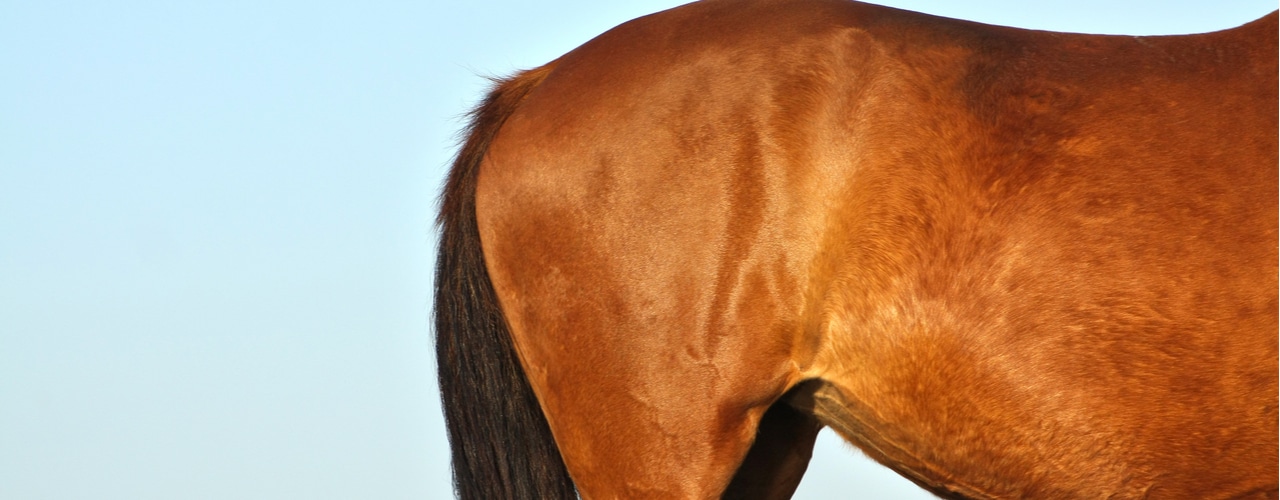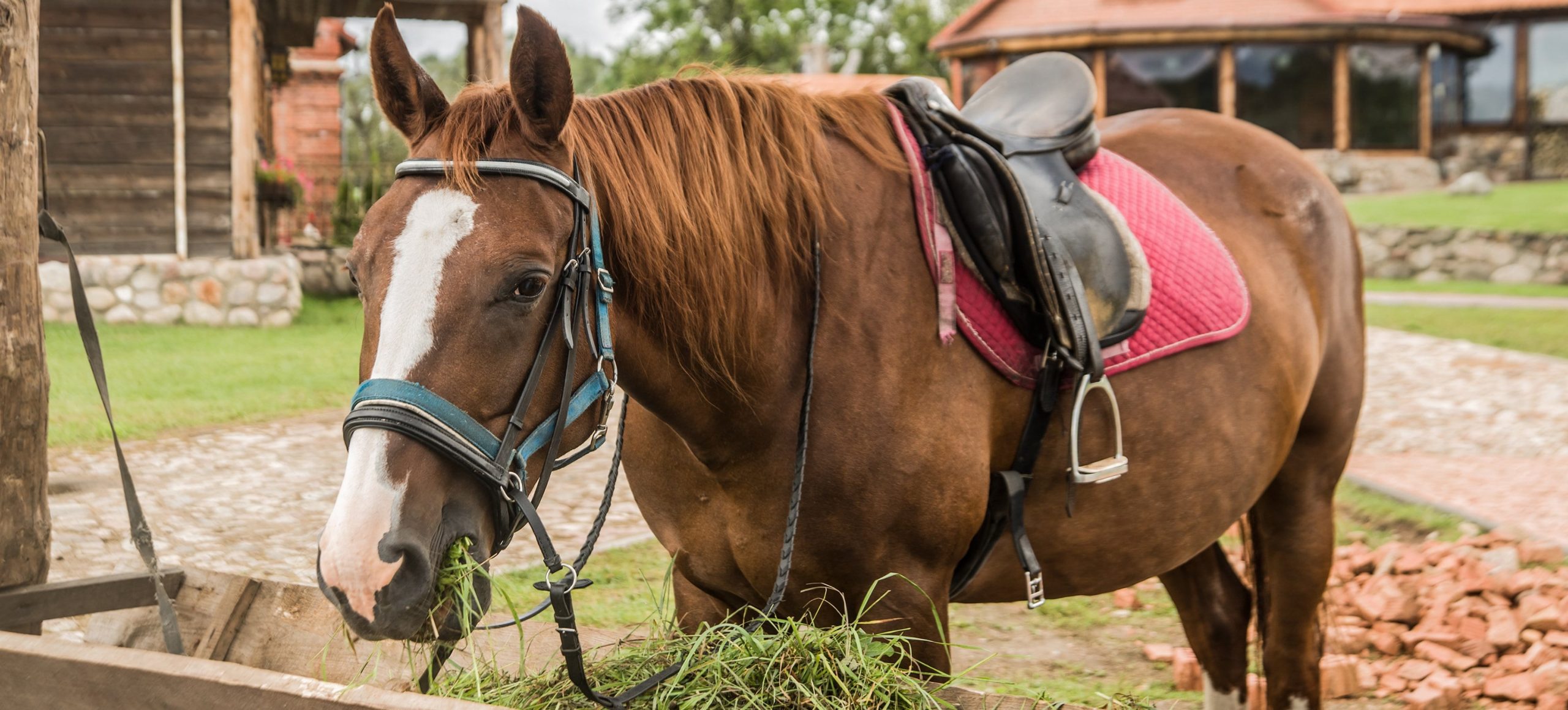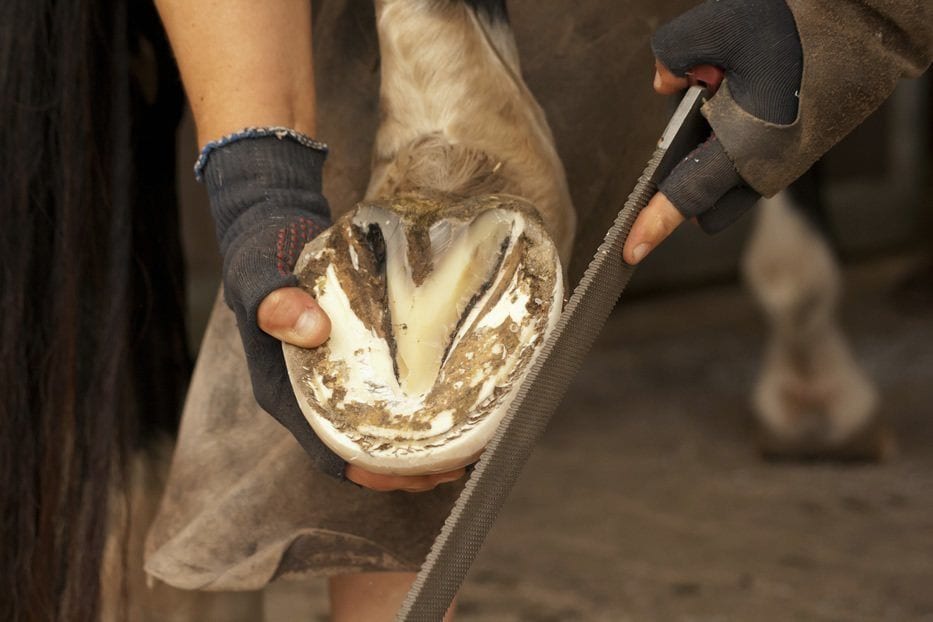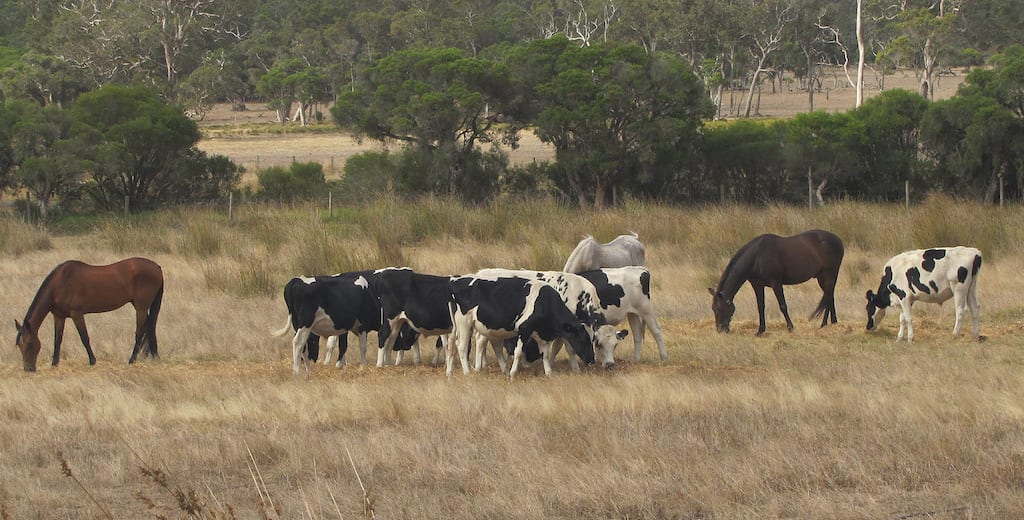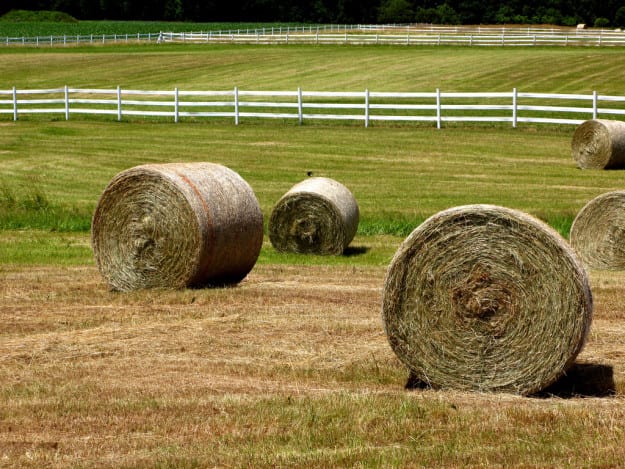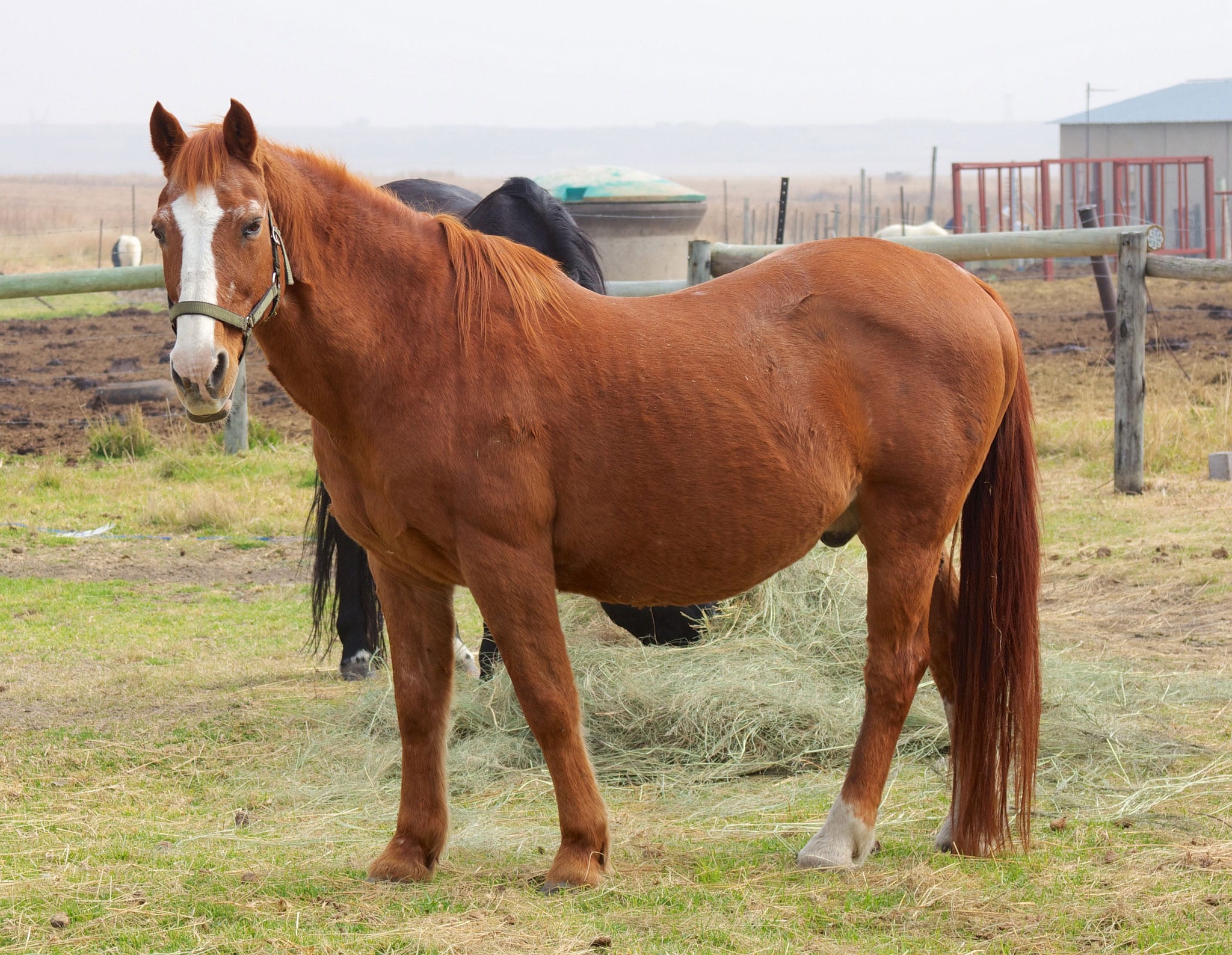Feeding Horses
Categories
Horse Health
Care & Management
Monday Myths
October 25, 2022
If you rely on complete feeds in your horse’s diet, you may be hurting their system with high-glycemic meals that cause spikes and crashes in blood sugar. Understanding what’s in your horse’s feed and how it can affect blood sugar levels is crucial to providing exemplary care and reaching peak performance.
August 30, 2022
A horse’s gi tract health can be negatively affected by management practices and the stresses of training, traveling, and competing. A healthy, comfortable horse is a happy and high-performing horse, which is why we created SUCCEED.
August 4, 2021
SUCCEED Digestive Conditioning Program supports your horse’s entire gastrointestinal system, especially the often ignored hindgut. Your horse’s hindgut represents 85% of its gastrointestinal system.
January 30, 2017
This barn-aisle debate, whether or not to allow horses to eat before riding, rages on, often with little consensus. Perhaps you’ve been told not to feed a horse within 30 minutes to an hour before or after riding.
May 4, 2016
Be honest: When was the last time you planned out your horse’s diet according to his hoof-care needs? If you’re like many horse owners, the answer might be “never.” After all, most of us are too busy trying to calculate caloric needs, maintain a hard keeper or an easy keeper, and feed for optimum digestive health to think much about the role nutrition plays in hoof health.
Sell SUCCEED
Connect with us
Subscribe to Our Newsletter
Where #SeriousHorsePeople learn about horse health and wellness and stay connected with SUCCEED Equine.

